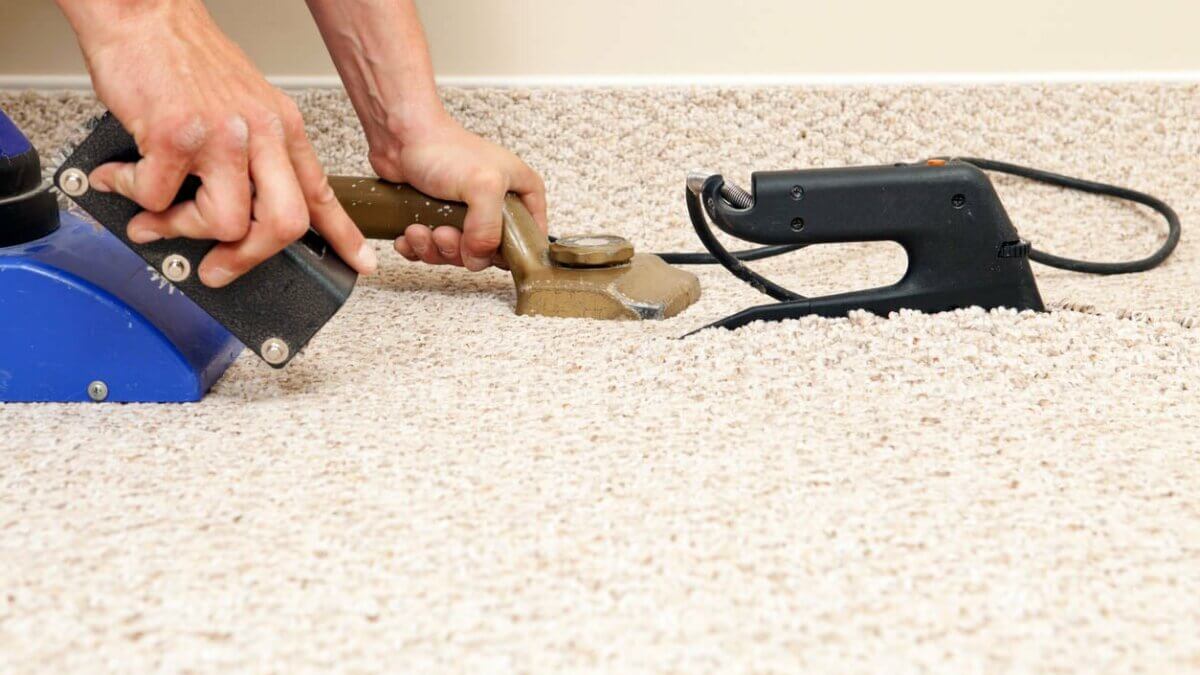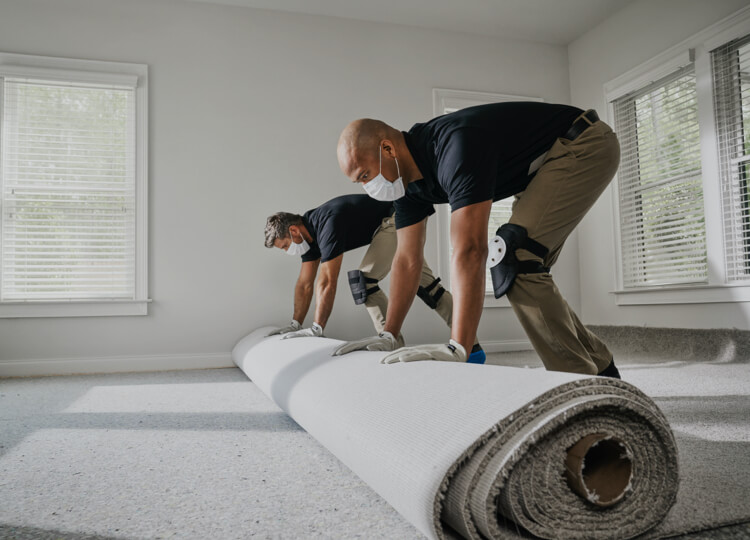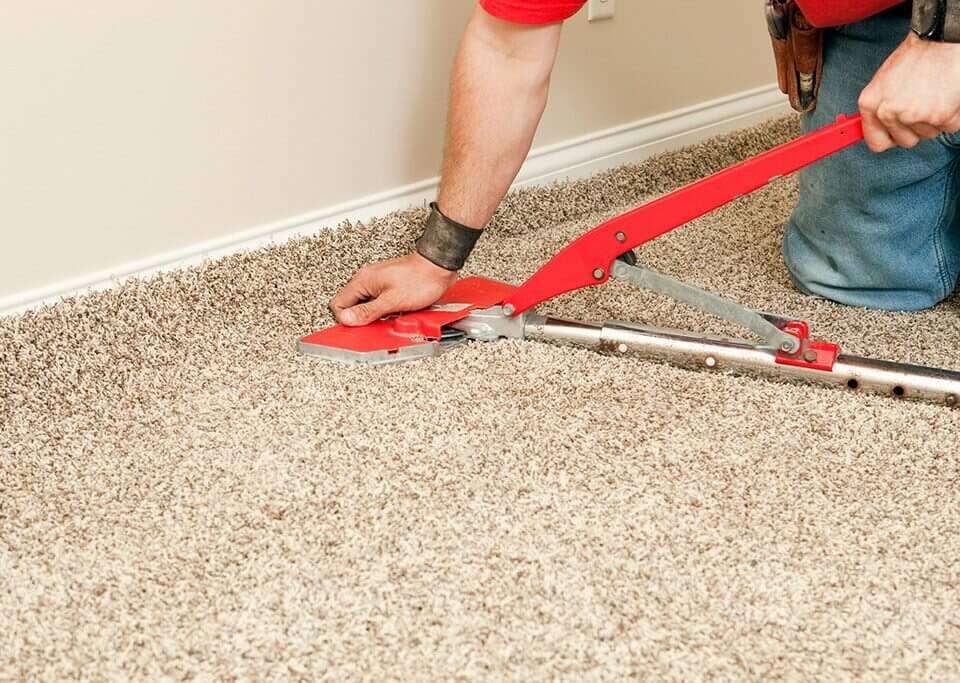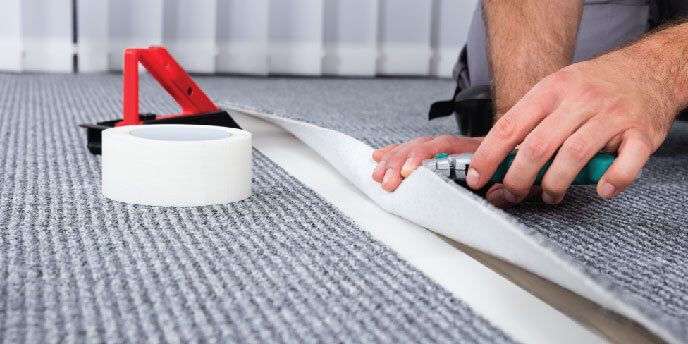- CONTACT US | 7941 CANOGA AVE., CANOGA PARK |
- +1 (818) 888-8065
- +1 (818) 634-4222

Carpet Installation is an important aspect of flooring your home, and there are several different methods to choose from. Each method has its own benefits and drawbacks, and it’s essential to understand the differences to determine which one is right for you. Whether you’re installing carpet in one room or throughout your entire home, this guide will help you understand the different Carpet Installation methods and which one is right for you.
Direct Glue-Down Carpet Installation
The direct glue-down method of Carpet Installation involves spreading a layer of adhesive directly onto the subfloor and laying the carpet on top. This method is ideal for high-traffic areas, as the glue helps to hold the carpet in place and prevent it from shifting. Direct glue-down Carpet Installation is also a good choice for rooms with concrete subfloors, as it helps to reduce noise and provide insulation.
Double-Stick Carpet Installation
The double-stick method of Carpet Installation involves laying an adhesive underlayment over the subfloor and then applying a layer of adhesive to the back of the carpet. This method is ideal for rooms with concrete subfloors, as it helps to reduce noise and provide insulation. Double-stick Carpet Installation is also a good choice for high-traffic areas, as the two layers of adhesive help to hold the carpet in place and prevent it from shifting.
Stretch-In Carpet Installation
The stretch-in method of Carpet Installation involves laying the carpet over the subfloor and then using a knee kicker and power stretcher to stretch the carpet into place. This method is ideal for rooms with wood subfloors, as it helps to reduce noise and provide insulation. Stretch-in Carpet Installation is also a good choice for low-traffic areas, as the carpet is held in place by tack strips along the wall.
Floating Carpet Installation
The floating method of Carpet Installation involves laying a carpet underlayment over the subfloor and then placing the carpet on top. This method is ideal for rooms with concrete subfloors, as it helps to reduce noise and provide insulation. Floating Carpet Installation is also a good choice for low-traffic areas, as the carpet is held in place by the underlayment and does not require tack strips.
Custom Carpet Installation
The custom method of Carpet Installation involves measuring and cutting the carpet to fit the specific dimensions of your room. This method is ideal for irregularly shaped rooms or for areas with unique design elements, as it allows for a completely custom fit. Custom Carpet Installation is also a good choice for high-traffic areas, as it helps to reduce seams and ensure a tight fit.
When choosing the right method of Carpet Installation for your home, there are several factors to consider. These include the type of subfloor you have, the amount of traffic your room receives, and your personal preferences. It’s also important to factor in the cost of each method, as some methods may require additional materials and labor.
Regardless of which method you choose, it’s important to work with a professional Carpet Installer. A professional installer will have the expertise and experience to properly install your carpet, and they can also help you choose the right method for your home. They can also handle any unexpected issues that may arise during the installation process, ensuring a smooth and successful installation.
In conclusion, there are several different methods of Carpet Installation, each with its own benefits and drawbacks.




